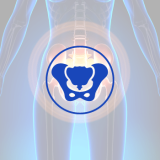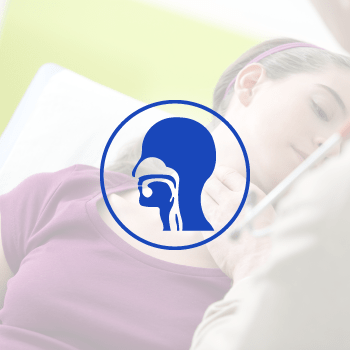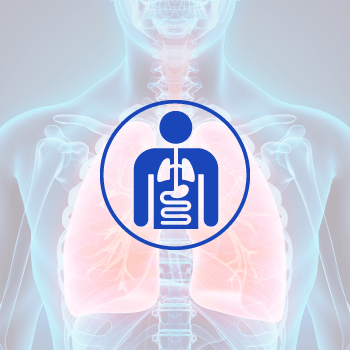Metabolic dysfunction-associated steatotic liver disease (MASLD)
Metabolic dysfunction-associated steatotic liver disease (MASLD), formerly known as nonalcoholic fatty liver disease (NAFLD), is characterized by fat accumulation, inflammation, and scarring in the liver.
MASLD includes patients with hepatic steatosis and at least one of the following cardiometabolic risk factors:
- Hypertension
- Type 2 diabetes
- Obesity
- Hypertriglyceridemia
- Low high-density lipoprotein levels
The spectrum of MASLD ranges from simple steatosis, which is typically nonprogressive, to metabolic dysfunction-associated steatohepatitis (MASH), a progressive form that can lead to liver fibrosis, cirrhosis, and hepatocellular carcinoma.
- Who should be screened?
- What are the symptoms of metabolic dysfunction-associated steatotic liver disease (MASLD)?
- What causes a fatty liver in a non-drinker?
- What are the possible complications of metabolic dysfunction-associated steatotic liver disease (MASLD)?
- How is metabolic dysfunction-associated steatotic liver disease (MASLD) diagnosed?
- Is metabolic dysfunction-associated steatotic liver disease reversible?
- How long does it take to reverse a fatty liver?
High-risk groups targeted for screening:
- Individuals with pre-diabetes or type 2 diabetes mellitus (T2DM)
- Those with obesity and/or two cardiometabolic risk factors, such as:
- Hypertension
- Hypercholesterolemia
- Individuals with steatosis noted incidentally on imaging
- Those with elevated aminotransferases
Symptoms of metabolic dysfunction-associated steatohepatitis (MASH) usually emerge only after MASLD has advanced. These symptoms may include pain and swelling in the upper right abdomen, indicating inflammation. However, they may not become noticeable until MASH has progressed to more severe liver damage. MASLD lays the groundwork for MASH but often presents without symptoms.
- Metabolic syndrome: MASLD is associated with metabolic disorders like high BMI, blood lipid levels, blood pressure, and diabetes, influencing each other’s impact on nutrient metabolism and fat storage.
- Dietary influence: High fructose diets can heighten MASLD risk.
- Genetic predisposition: Certain genes may make you more likely to develop MASLD.
- Steatohepatitis: About 20% of MASLD cases progress to metabolic dysfunction-associated steatohepatitis (MASH), characterized by chronic liver inflammation, potentially leading to cirrhosis.
- Pregnancy risks: MASLD during pregnancy heightens risks for both the pregnant individual and the fetus, increasing the likelihood of hypertensive complications such as preeclampsia by three to four times.
- Diagnosis through routine checkup: MASLD may be suspected if blood tests reveal elevated liver enzymes or imaging shows liver enlargement. Further tests may be recommended to rule out other causes.
- Additional tests: More sensitive imaging like CT scan or MRI may be advised for a clearer view of the liver.
- Liver biopsy: Another diagnostic method involves taking a liver tissue sample for lab analysis to determine fat content, presence of steatohepatitis (MASH), or cirrhosis.
- Lifestyle changes: While there are some promising future medications under evaluation to treat patients with liver scarring due to fatty liver disease (just now FDA approved the first one: Resmetiron) making changes to what you eat, reduced alcohol intake, and increased physical activity can be beneficial.
- Management of metabolic factors: Many individuals can slow, stop, or even reverse liver fat accumulation by addressing factors such as weight, cholesterol, blood pressure, and blood sugar.
- Permanent damage: Once MASH advances to liver cirrhosis, the damage becomes irreversible.
Recommended weight loss: In general, it is recommend losing at least 3% to 5% of your body weight to begin to see results in your liver.
Prevention
How can I reduce my risk of developing metabolic dysfunction-associated steatotic liver disease?
- Risk factor management: While not all MASLD risk factors are avoidable, you can control weight, cholesterol, blood pressure, and blood sugar through diet and medication.
- Regular checkups: Ensure to schedule routine appointments with your healthcare provider for monitoring and guidance.


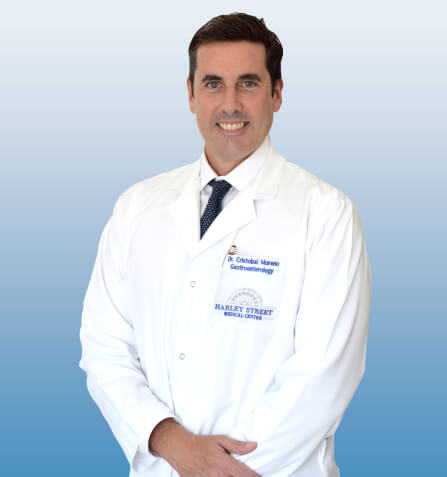


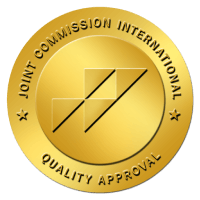
 أنقر هنا
أنقر هنا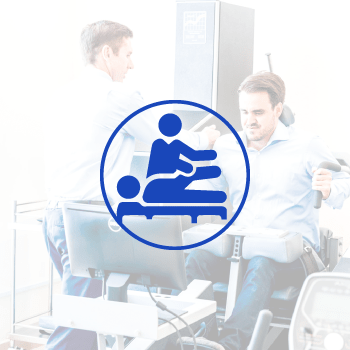 أنقر هنا
أنقر هنا



